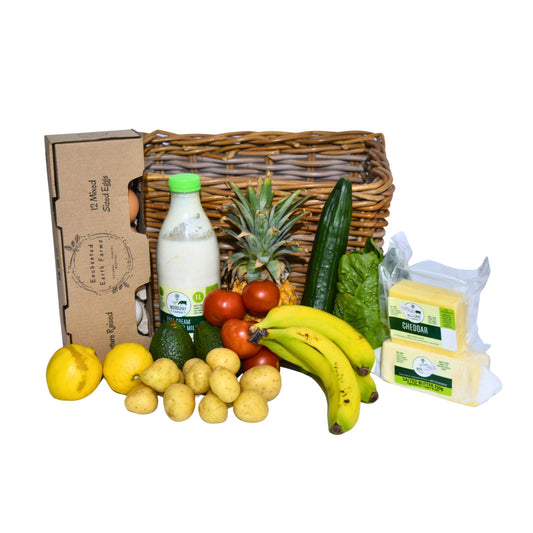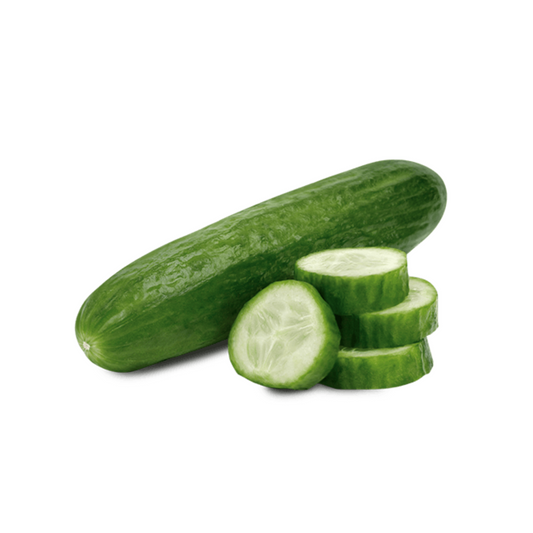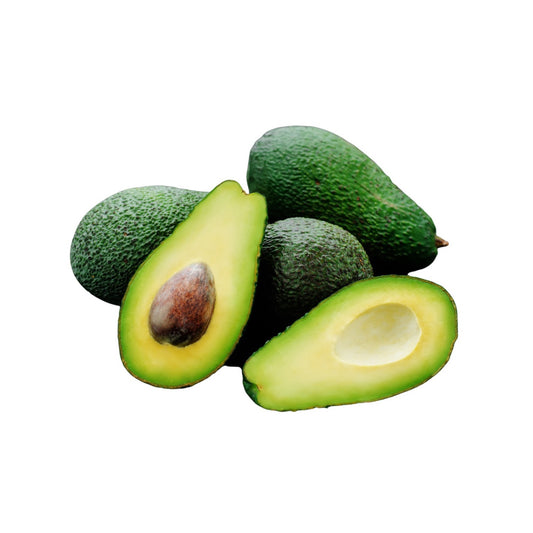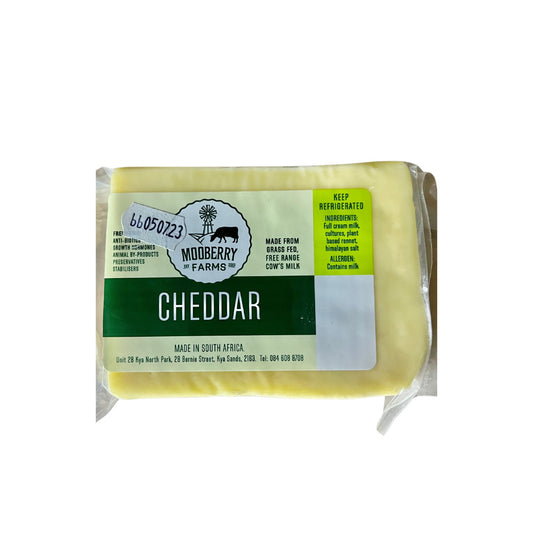Article Summary:
-
Cream is separated from fresh milk primarily through gravity or centrifugal force, with the latter being more efficient and commonly used in modern dairy processing.
-
Various types of cream can be produced, including heavy cream, whipping cream, and sour cream, each with different fat contents and culinary uses.
-
Fresh cream should be stored in airtight containers in the refrigerator for up to a week or frozen for longer shelf life, and it can be used in a wide range of recipes from sauces to desserts
Making cream from fresh milk is a rewarding process that allows you to enjoy the rich, luscious texture and flavor of homemade cream. Whether you’re looking to enhance your cooking, baking, or coffee, fresh cream can elevate your culinary creations to new heights. While store-bought cream is convenient, nothing compares to the taste and quality of cream made from milk straight from the farm or a local dairy. In this article, we will guide you through the steps to separate cream from fresh milk, providing tips and techniques to ensure you achieve the best results. Additionally, we’ll explore how to store your homemade cream and suggest some delicious recipes that showcase its versatility. Get ready to embark on a delightful journey into the world of homemade cream!
Understanding cream and its types
Understanding cream and its various types is essential for anyone interested in cooking, baking, or simply enjoying dairy products. Cream is a rich, fatty component of milk that rises to the top when milk is left to sit undisturbed. It is composed primarily of milk fat, water, and small amounts of proteins and carbohydrates. The fat content in cream can vary significantly depending on the type, making it suitable for a wide range of culinary applications.

Shop 250g Cottage Cheese at Orchard Food
There are several types of cream, each with distinct characteristics and uses. Heavy cream, also known as heavy whipping cream, contains around 36% to 40% milk fat. This high-fat content allows it to whip easily and hold its shape, making it ideal for toppings on desserts, in sauces, and for creating rich custards. Because of its stability when whipped, heavy cream is often used in recipes that require a light and airy texture.
Whipping cream has a slightly lower fat content, typically ranging from 30% to 36%. While it can also be whipped to create fluffy toppings, it may not hold its shape as well as heavy cream. Whipping cream is versatile and can be used in both sweet and savory dishes, such as soups and pasta sauces.
Light cream, or coffee cream, contains about 18% to 30% milk fat. It is often used as a creamer for coffee or tea but does not whip well due to its lower fat content. Light cream adds richness to recipes without being overly heavy.
Half-and-half is a blend of equal parts whole milk and light cream, resulting in a product with about 10% to 18% milk fat. It’s commonly used in coffee and can be added to recipes where a lighter touch is desired without sacrificing too much richness.
Sour cream is another popular dairy product made by fermenting regular cream with specific bacterial cultures. This fermentation process gives sour cream its tangy flavor and thick texture. It is commonly used as a topping for baked potatoes, in dips, and as an ingredient in baking.
Lastly, there’s clotted cream, which has a very high fat content (around 55%) and is made by heating full-fat milk and allowing it to cool slowly. The result is a thick cream that can be spread on scones or served with fruit.
Gathering the necessary equipment and ingredients
Gathering the necessary equipment and ingredients is a crucial step in the process of making cream from fresh milk. To begin, you will need high-quality fresh milk, preferably whole milk, as it contains a higher fat content that is essential for producing rich cream. If possible, source your milk from a local dairy or farm to ensure freshness and quality. Avoid ultra-pasteurized milk, as the processing can affect the cream separation process.
In addition to fresh milk, you will need a few basic tools to facilitate the cream-making process. A large glass or stainless steel container is essential for holding the milk while it sits undisturbed to allow the cream to rise. This container should be clean and free from any contaminants to ensure the best results. A ladle or spoon will be useful for gently skimming the cream from the top of the milk once it has separated.
You may also want to have a measuring cup on hand if you plan to use specific amounts of cream for recipes. A fine mesh strainer or cheesecloth can be helpful if you wish to strain any remaining milk solids from the cream, ensuring a smooth texture.
If you intend to store your homemade cream for later use, make sure to have airtight containers ready. Glass jars or plastic containers with tight-fitting lids are ideal for keeping the cream fresh in the refrigerator. It’s important to label these containers with the date of preparation so you can keep track of freshness.
Finally, consider having a thermometer available if you want to monitor the temperature of your milk during any heating processes, especially if you're making clotted cream. While this isn’t necessary for simply separating cream from fresh milk, it can be useful in more advanced recipes.
Step-by-step process to separate cream from fresh milk
Separating cream from fresh milk is a straightforward process that can be done with minimal equipment and effort. To begin, start with a container of high-quality fresh whole milk. Pour the milk into a large glass or stainless steel container, filling it no more than three-quarters full to allow space for the cream to rise. Once the milk is in the container, cover it loosely with a clean cloth or lid to protect it from dust while allowing air circulation.
Next, let the milk sit undisturbed in a cool place, ideally in the refrigerator, for at least 12 to 24 hours. During this time, the cream will naturally rise to the top due to its higher fat content. It’s important not to shake or stir the milk during this period, as this can disrupt the separation process.
After the resting period, you should notice a thick layer of cream forming on top of the milk. This layer may appear slightly yellowish compared to the milk beneath it. Using a ladle or spoon, gently skim off the cream from the surface. Be careful not to disturb the milk too much; aim to remove just the cream layer without pulling too much milk along with it.
Once you have collected the cream, transfer it to a separate container for storage. If you prefer a smoother texture, you can strain the cream through a fine mesh strainer or cheesecloth to remove any remaining milk solids. This step is optional but can enhance the cream's consistency.
The remaining milk that is left in the original container can still be used for cooking or baking, as it retains many of its nutritional benefits. If desired, you can also use this milk for making other dairy products like yogurt or cheese.
Finally, store your freshly separated cream in an airtight container in the refrigerator. Homemade cream typically lasts about one week when stored properly. If you notice any signs of spoilage, such as an off smell or unusual texture, it’s best to discard it.
Tips for storing and using fresh cream
Storing and using fresh cream properly is essential to ensure its longevity and maintain its quality. Once you have separated the cream from fresh milk, transfer it to an airtight container to protect it from exposure to air, which can lead to spoilage. Glass jars or plastic containers with tight-fitting lids are ideal for this purpose. Make sure to label the container with the date of preparation so you can keep track of its freshness.

Shop Organic Cucumber at Orchard Food
Fresh cream typically lasts about one week in the refrigerator. To maximize its shelf life, store the cream in the coldest part of the fridge, usually towards the back, rather than in the door where temperatures can fluctuate. If you notice any signs of spoilage, such as an off smell or unusual texture, it’s best to discard the cream to avoid any health risks.
If you find that you have more cream than you can use within a week, consider freezing it for later use. Fresh cream can be frozen for up to three months. To do this, pour the cream into ice cube trays or freezer-safe containers. Once frozen, transfer the cream cubes into a resealable plastic bag or airtight container for easy portioning. When you need cream for a recipe, simply thaw the desired amount in the refrigerator overnight or use it directly in cooked dishes without thawing.
When it comes to using fresh cream, its versatility is one of its greatest assets. You can whip it to create fluffy toppings for desserts like cakes and pies or incorporate it into savory dishes such as pasta sauces and soups for added richness. Fresh cream can also be used in baking recipes, replacing butter or oil for a lighter texture in cakes and muffins.
If you plan to whip your fresh cream, ensure that it is cold before starting; this helps achieve better volume and stability. For flavored whipped cream, consider adding a touch of sugar or vanilla extract while whipping to enhance its taste.
Always remember that fresh cream will separate over time; if you notice any liquid pooling at the bottom of your container, simply give it a gentle stir before using. This will help reincorporate any fat that may have settled.
Delicious recipes to try with homemade cream
Homemade cream opens up a world of culinary possibilities, allowing you to create rich and delicious dishes that elevate your cooking. One classic recipe to try is homemade whipped cream. Simply chill your fresh cream, then whip it until soft peaks form. Sweeten it with a little sugar and add a splash of vanilla extract for flavor. This delightful topping is perfect for desserts like cakes, pies, and ice cream sundaes.
Another fantastic use for homemade cream is in creamy pasta sauces. Start by sautéing garlic and onions in olive oil, then add your fresh cream along with grated Parmesan cheese to create a luscious sauce. Toss it with your favorite pasta and vegetables for a comforting meal that’s both satisfying and indulgent.
You can also incorporate homemade cream into soups for added richness. For example, make a creamy tomato soup by blending roasted tomatoes with sautéed onions and garlic, then stir in your fresh cream just before serving. This simple addition transforms the soup into a velvety delight that pairs beautifully with crusty bread.
If you enjoy baking, consider using your homemade cream in recipes like scones or pancakes. For scones, mix flour, sugar, baking powder, and salt in a bowl, then cut in cold butter before adding the fresh cream to form a dough. Bake until golden brown for a delightful treat that’s perfect for breakfast or afternoon tea. For pancakes, substitute some of the milk in your batter with fresh cream for extra fluffiness and richness.
Homemade cream can also be used to make custards or puddings. Combine fresh cream with egg yolks, sugar, and vanilla over low heat, stirring until thickened. This mixture can be poured into tart shells or served on its own as a decadent dessert.
For a refreshing drink, try making homemade creamy coffee or hot chocolate. Simply stir warm fresh cream into brewed coffee or cocoa for a rich and indulgent beverage that’s perfect for chilly days.
Lastly, consider using your homemade cream to create ice cream or gelato. Combine fresh cream with sugar and your choice of flavorings—like vanilla bean or chocolate—and churn in an ice cream maker for a delightful frozen treat that’s far superior to store-bought varieties.










